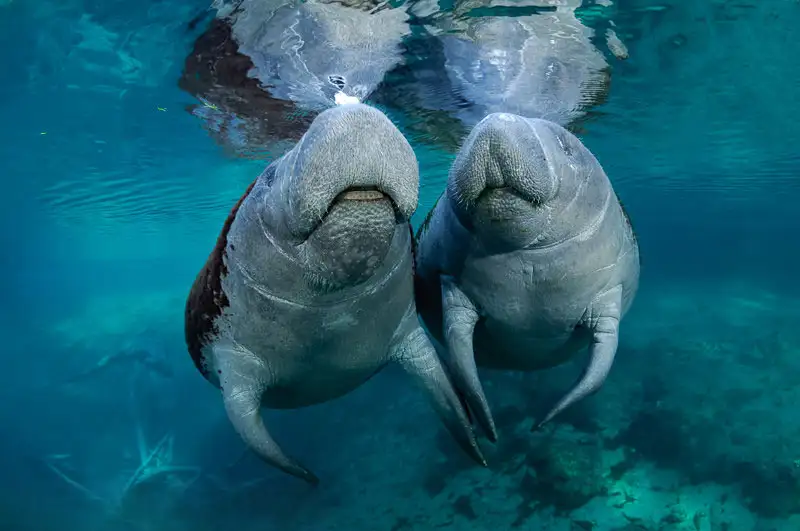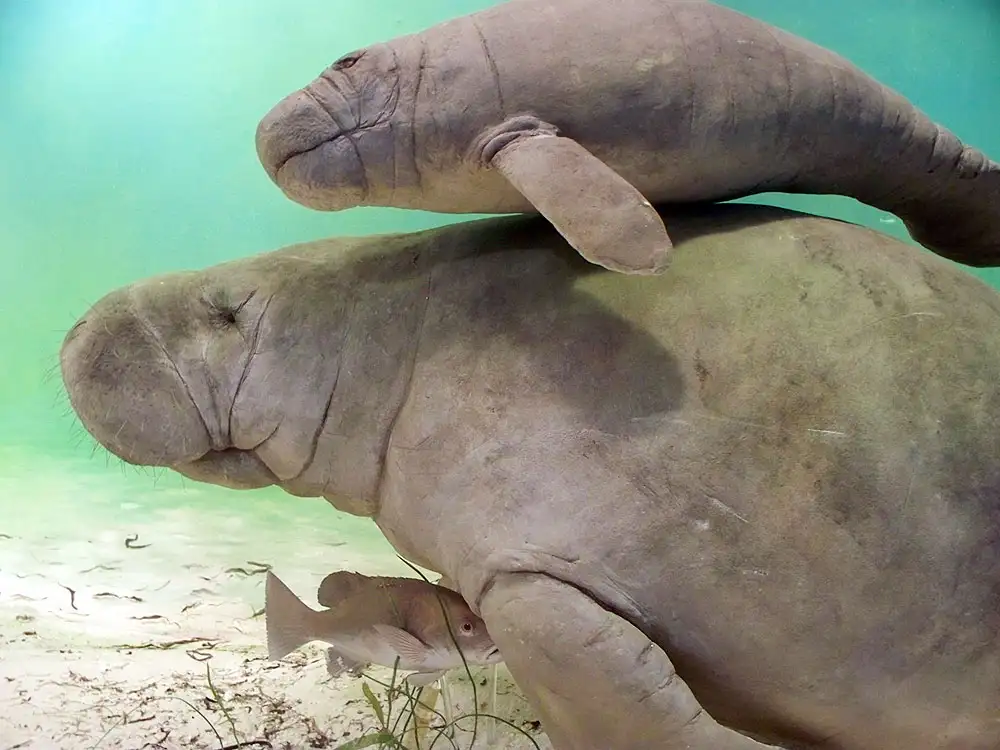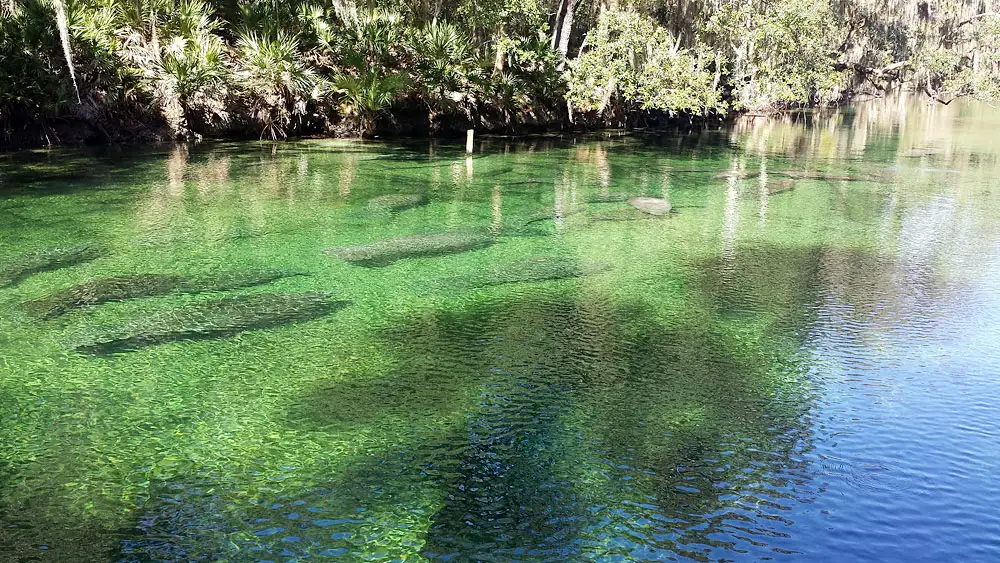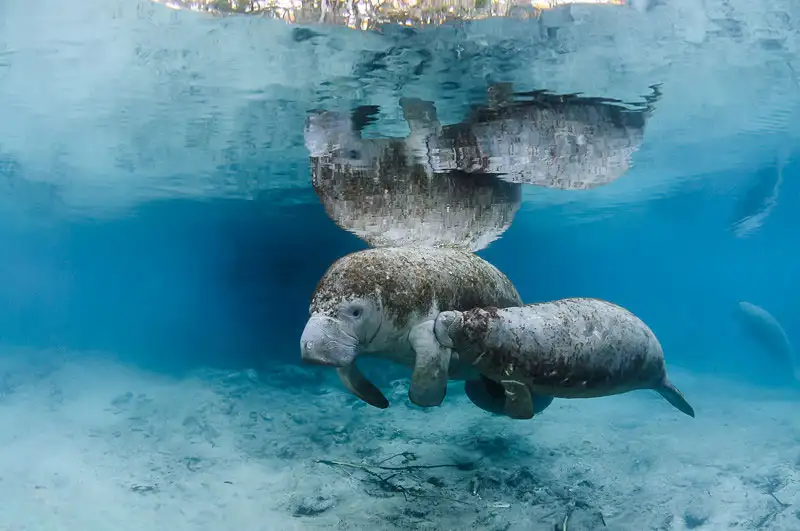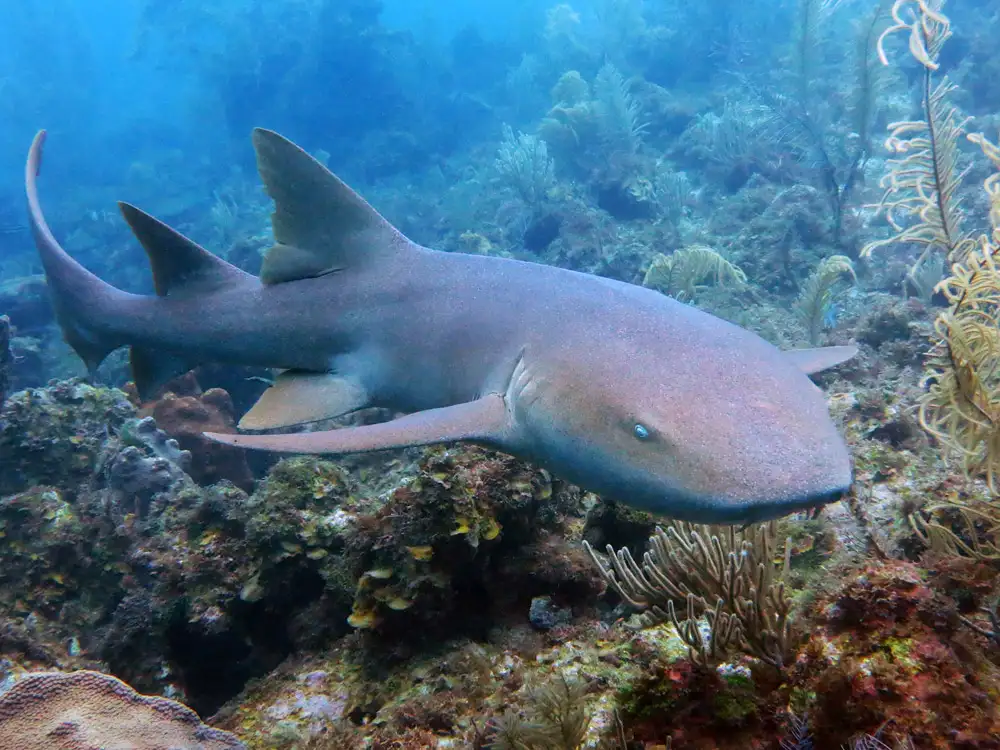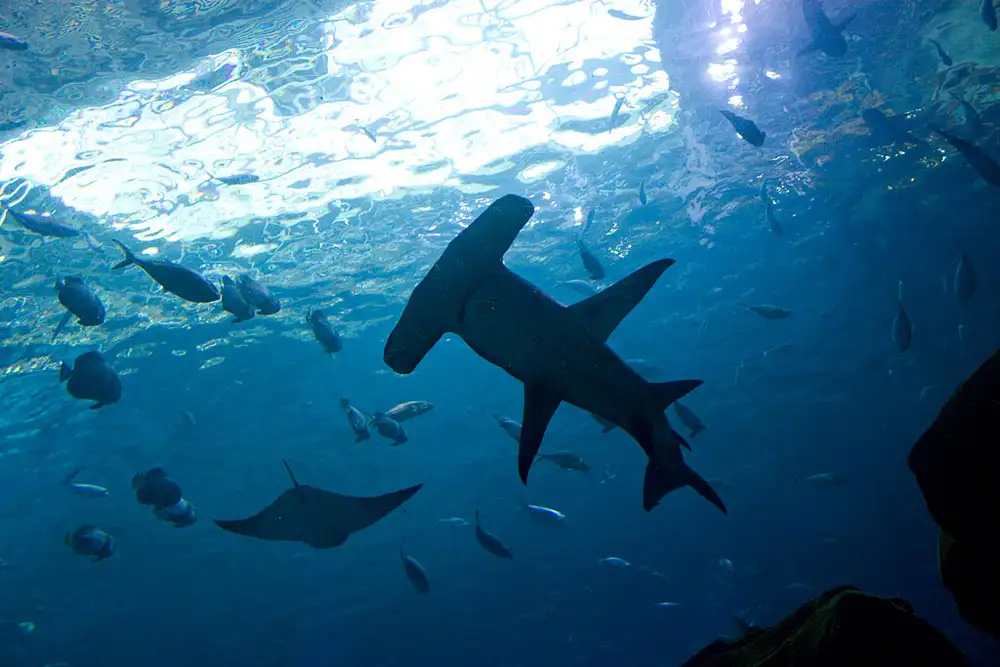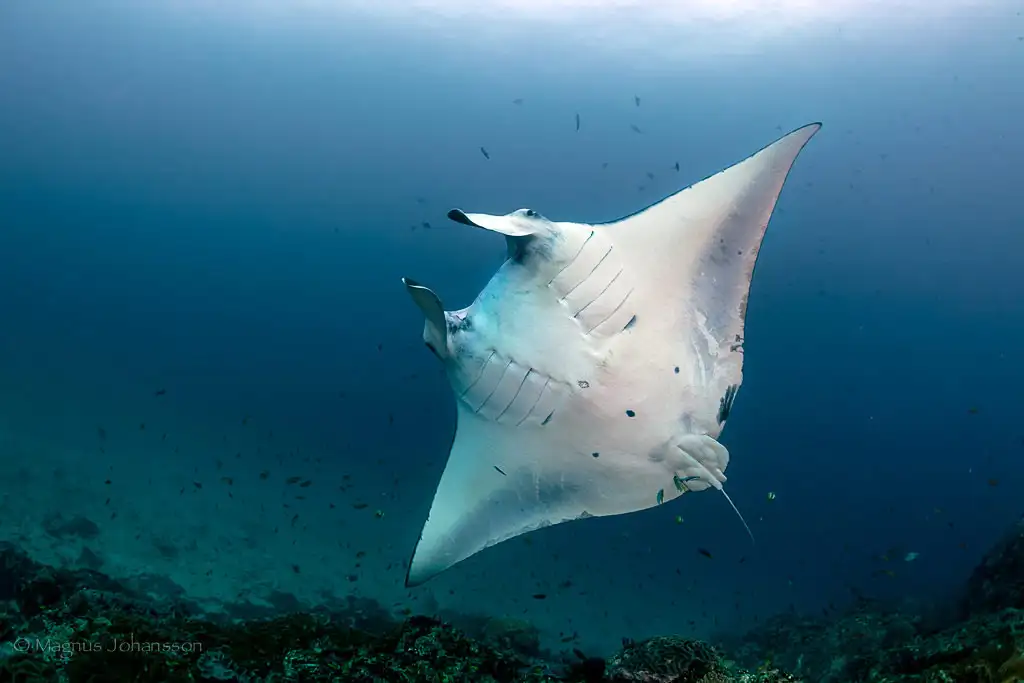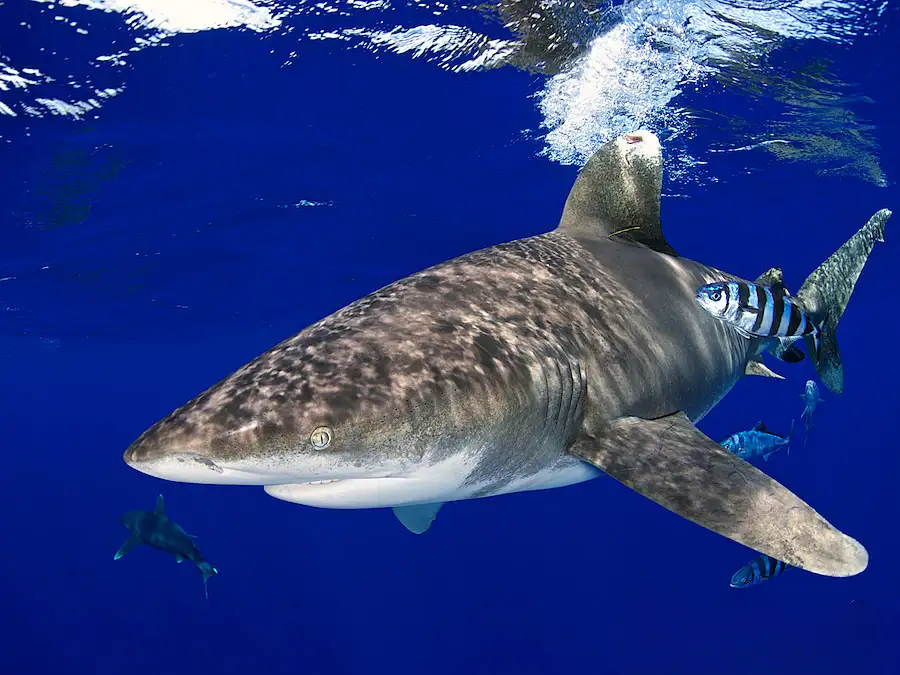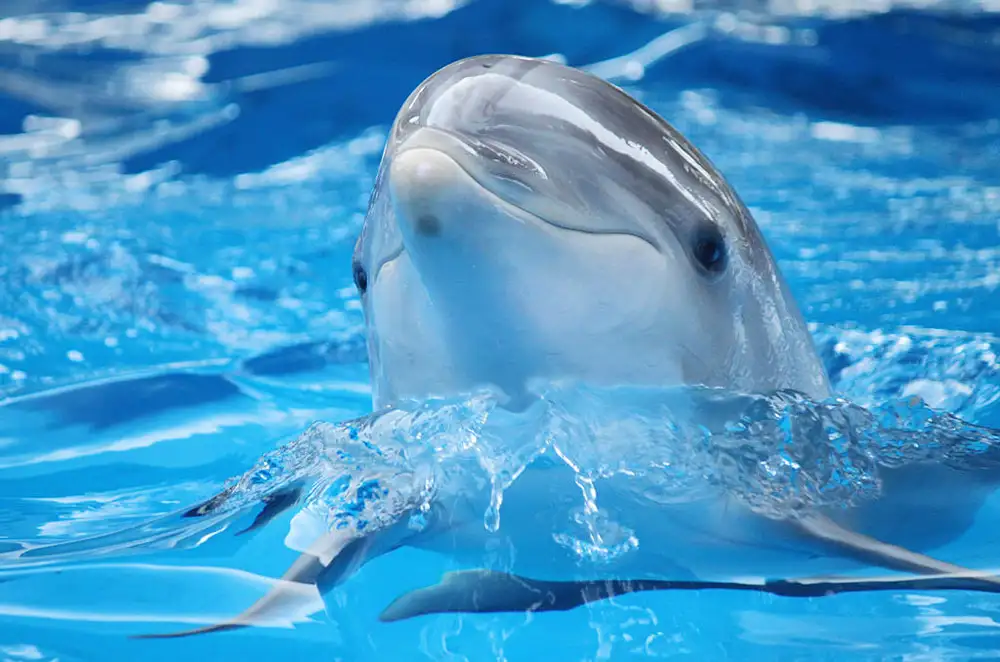Manatees
IUCN
Not evaluatedBasic Information
Scientific classification
- name:Manatees
- Scientific Name:Trichechus (genus)
- Outline:Large Fish
- Family:Trichechidae Trichechus
Vital signs
- length:~2.5–4.0 m (genus range)
- Weight:~300–1,000+ kg
- lifetime:Commonly 30–50 yrs; some >60 yrs
Feature
Large herbivorous sirenians; shallow warm waters; long gestation and extended calf care; rounded tail fluke.
Distribution and Habitat
NW Atlantic–Caribbean–Gulf estuaries/bays, Amazon freshwater, and West African coasts/estuaries/inland waters.
Appearance
Fusiform body; tactile muzzle bristles; paddle foreflippers; broad rounded tail; grey‑brown skin with epibionts.
Details
Trichechus is the manatee genus within order Sirenia and family Trichechidae, comprising three living species: West Indian manatee (T. manatus, incl. Florida & Antillean subspecies), Amazonian manatee(T. inunguis) and African manatee (T. senegalensis). Manatees are large, primarily herbivorous aquatic mammals. They are distinct from the dugong (Dugong dugon) of family Dugongidae.
Ecology & Behaviour
Diet consists of seagrasses and freshwater/brackish macrophytes, with daily intake reaching 4–10% of body mass. They favour shallow, slow‑moving, clear waters, show seasonal movements and thermal preferences (e.g., warm springs/power‑plant outfalls). Gestation lasts ~12–14 months; typically a single calf that remains with the mother for 1–2 years.
Identification
Robust, fusiform bodies; rounded head with tactile vibrissae; paddle‑like foreflippers; no hind limbs; a broad, rounded tail fluke (contrasting with the dugong’s notched crescent tail). Grey‑brown skin with sparse hairs and epibionts; molars are replaced in a forward‑moving “conveyor‑belt” sequence.
Size & Longevity (genus‑level)
Length: ~2.5–4.0 m.
Mass: ~300–1,000+ kg (large females heavier).
Life: commonly 30–50 years; some individuals exceed 60 years.
Range & Habitat
T. manatus: seagrass beds/estuaries/bays across the NW Atlantic–Caribbean–Gulf of Mexico.
T. inunguis: Amazon Basin freshwater systems (rivers, lakes, floodplains).
T. senegalensis: West Africa coasts, estuaries and inland waters, often linked to mangroves and seagrass.
Threats & Conservation
Vessel strikes & propeller wounds—high risk in busy waterways.
Entanglement/bycatch in nets and traps.
Habitat loss/degradation: seagrass decline, mangrove loss, pollution and water‑management projects.
Cold snaps & extreme events causing unusual mortality when warm refuges are lacking.
Priorities: protect key warm‑water refuges and forage hotspots, speed‑restricted zones and buffers, gear modifications and rescue networks, seagrass/water‑quality restoration, public outreach and rehab‑centre coordination.
FAQ
Q1. How to distinguish manatees from the dugong? Manatees have a broad, rounded tail and often inhabit fresh/brackish waters;
dugong has a notched, crescent tail and is more strictly coastal‑marine over seagrass meadows.
Q2. Are manatees aggressive? Typically docile; maintain respectful distances and avoid feeding/touching.
Q3. Conservation status? This is a genus overview—Not evaluated as a whole; IUCN categories vary by species/region.
Q4. What do they eat? Seagrasses and freshwater/brackish macrophytes; algae/leaf litter may supplement.

